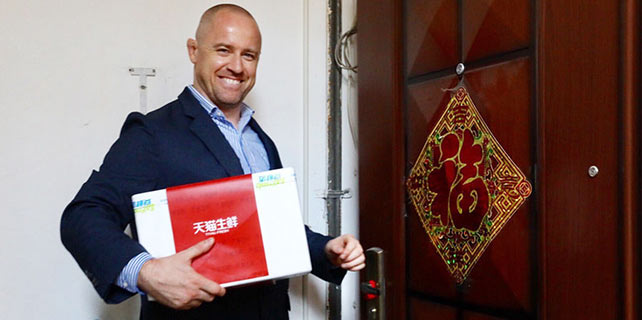Overseas students turning away from US universities
Report points to uncertainty and competition as China stays top
WASHINGTON - Universities are becoming less attractive to overseas students, according to a report released on Monday, adding to the financial woes of many less prestigious schools.
The annual report by the Institute of International Education showed that newly enrolled international students in 2016 dropped by 3.3 percent from the previous year, registering the first decrease since the study began 12 years ago.
The study showed that 290,836 international students entered the US in the fall of last year, compared with 300,743 at the same time 2015.
A preliminary assessment of nearly 500 colleges and universities showed that newly enrolled international students in the fall of this year dropped another 7 percent year on year.
Despite the overall fall, the impact was not felt evenly across the board. Broken down by institutions, 45 percent of the campuses reported declines in new enrollments for fall of this year, while 31 percent reported increases and 24 percent reported no change from last year.
The trend for students pursuing different academic levels also varied. Both the numbers for undergraduate and graduate degrees rose, but was offset by a significant cut in the number of students joining nondegree programs, such as short-term exchanges and intensive English language programs.
The pie chart of the countries of origin for international students has also been reshaped.
China and India, which topped the chart as the biggest contributor of international students, still showed strong interest in the US education system.
The number of Chinese students rose 6.8 percent year on year in 2016 to make up nearly one third of all international students in the US, while Indian students increased 12.3 percent to make up 17.3 percent.
Financial damage
According to researchers, fewer international students have hurt the financial standings of many universities and exacerbated a trend in the US where the budget gap between top and average schools is expanding.
Last year, international students spent $39 billion on tuition, room and board and living expenses, according to the US Department of Commerce.
According to analysts, increased competition from other Western countries, less public funding in some countries to support exchange programs and political instability in the US contributed to the dip in incoming students.
Allan Goodman, the president of IIE, said Canada, the United Kingdom and Australia are all stepping up the effort to woo international students.
"Concerns around the travel ban had a lot to do with concerns around personal safety based on a few incidents involving international students, and a generalized concern about whether they're safe," said Rajika Bhandari, head of research for the IIE.
Despite the drop, the study found that the total number of overseas students studying in the US continued to rise, hitting a record-setting 1.08 million in the 2016/17 school year.
Xinhua
(China Daily 11/16/2017 page10)


















